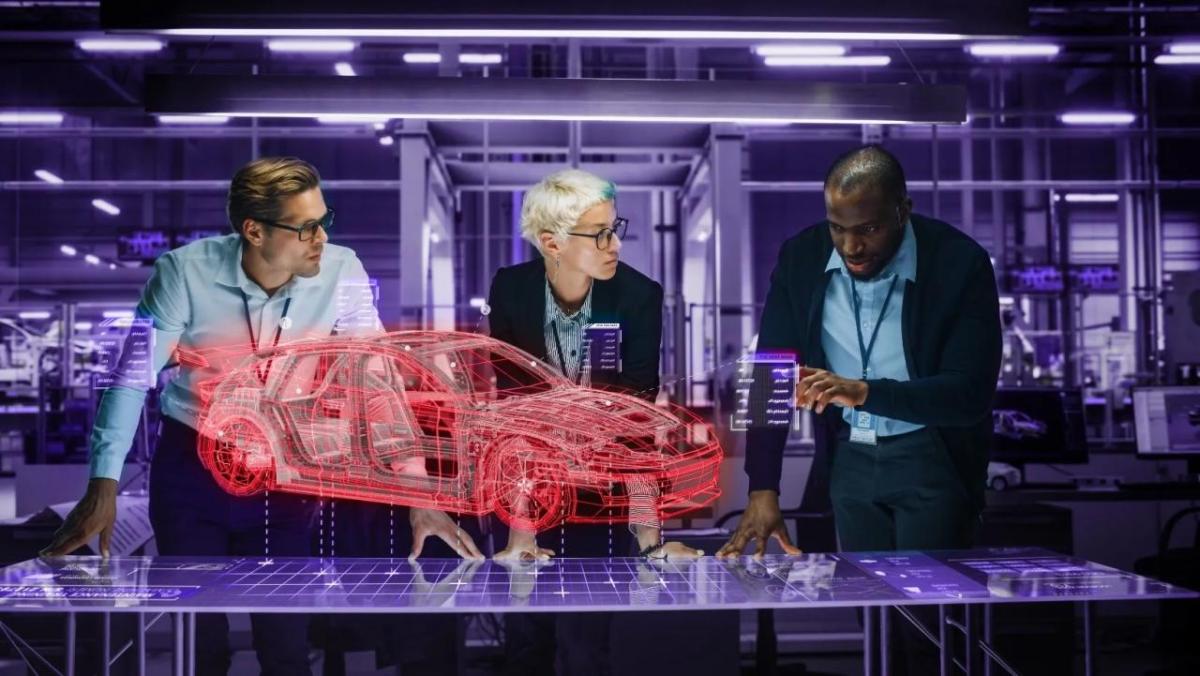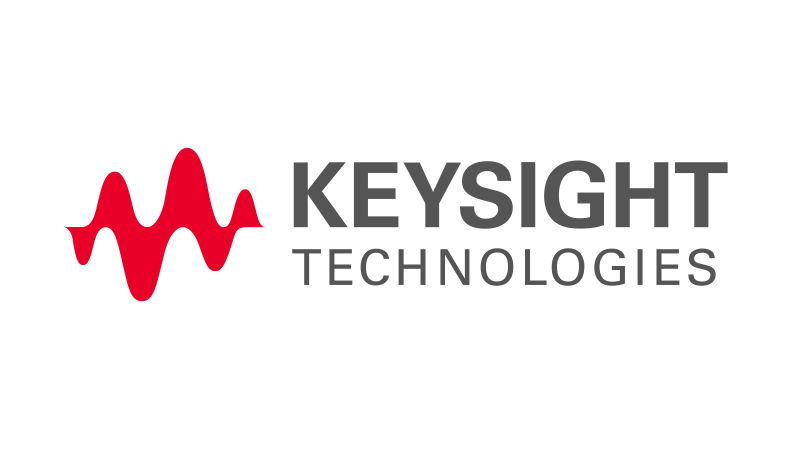SDV Series Episode 3: Technology Enablers Powering the SDV Evolution

In our second blog post, we explored the architectural evolution from domains to zones, uncovering how this shift lays the foundation for software-defined vehicles (SDVs). Now, we turn our focus to the broader transformation that SDVs demand, not just in technology, but across the entire business. From architecture to cybersecurity to evolving business models, the SDV transformation touches every part of the organization. It’s not just about building a new type of car—it’s about redefining what a vehicle is, what it can become, and how value is created across its lifecycle. To stay competitive, automotive companies must fundamentally rethink how they innovate, collaborate, and operate.
Business Requirements: What the Industry Must Achieve
To remain competitive, automotive companies must meet three strategic business objectives:
- Shorten development and innovation cycles: Traditional 5-to-7-year product cycles are no longer sustainable. The industry is moving toward agile, software-driven development with 1-to-3-year cycles from concept to start of production (SoP).
- Enhance safety and cybersecurity: As vehicles become more connected and software-defined, there are more interfaces, drastically extending the attack surface. Protecting systems and users is mission-critical.
- Enable smart mobility and continuous business: Vehicles must seamlessly connect with infrastructure, users, and the cloud to support new features, services, business models, and continuous operations.
These requirements are ambitious, and they come with significant challenges.
Critical Challenges on the Road to SDV
The SDV transformation introduces a new level of complexity across the entire value chain. Four high-level challenges are particularly critical and summarized here:
- Collaborative Integration: SDVs require the integration of diverse software components, hardware systems, and cloud services from multiple vendors. Ensuring compatibility and interoperability across this ecosystem is a major hurdle.
- Development Transformation: The shift from hardware-centric to software-first development demands scalable computing, function virtualization, and real-time processing. It requires not only significant investment and cultural change, but also a rethinking of development practices. Embracing a native DevSecOps approach is important, as it embeds security and operational considerations directly into the development lifecycle, enabling faster, safer, and more reliable software delivery.
- Regulatory and Compliance Pressure: Companies must navigate a growing web of safety, privacy, and government regulations across different regions. Compliance is no longer a checkbox; it’s a strategic capability.
- User Trust and Acceptance: As vehicles become more autonomous and data-driven, building and maintaining customer trust is essential. Concerns around data privacy, cybersecurity, and the reliability of automated features must be proactively addressed.
These challenges are not isolated; they are deeply interconnected. And one thing becomes increasingly clear: they cannot be tackled alone.
Strategic Partnerships: The Backbone of SDV Business Operations
To address these challenges effectively, strategic partnerships are becoming the backbone of the SDV transformation. According to Deloitte, over 80% of SDV leaders are already engaged in partnerships, particularly in areas such as cybersecurity, autonomous driving, and advanced operating systems.
These collaborations allow OEMs to:
- Access specialized expertise in fast-evolving domains like AI, cloud platforms, and high-performance computing.
- Share development costs and risks, which are especially important given the high R&D investments required for SDV transformation.
- Accelerate innovation and time-to-market by leveraging joint development environments and shared infrastructure.
- Enhance customer experience through integrated services and seamless OTA capabilities.
Deloitte estimates that strategic partnerships can reduce SDV-related R&D spending by up to 16%, resulting in hundreds of millions of dollars in savings per OEM. In the SDV era, competitive advantage will increasingly depend on the strength of an organization’s ecosystem and partners.
Process & Technology Enablers: Turning Challenges into Progress
So, how can companies move forward? It starts with adopting the right process and technologies, those that make it possible to innovate faster, stay secure, and scale with confidence. In this blog, we focus on four fundamental enablers that are shaping the transformation:
- Scalable and modular architecture
- Data analytics and monetization
- Cybersecurity and Zero Trust principles
- OTA Updates
One of the most foundational enablers in the SDV transformation is the implementation of a scalable and modular architecture, and this goes far beyond flexible hardware and software platforms. What’s emerging is a new generation of global R&D collaboration and automation platforms that support continuous development and validation across distributed teams and systems.
To accelerate innovation and ensure seamless integration of third-party applications, companies are building automotive DevOps software factories. These environments enable continuous integration, testing, and delivery, supported by workflow, process, and test automation. Real-time collaboration in connected test spaces ensures that development and validation are no longer siloed activities.
A key principle in this transformation is the adoption of shift-left testing, which brings validation activities earlier into the development process to detect issues sooner, reduce costs, and improve quality. This approach is closely tied to the evolution of the traditional V-model into DevOps which enables a more continuous, iterative, and automation-driven development cycle, where testing is no longer a downstream activity but an integral part of every phase.
Central to this approach is the use of XiL (X-in-the-Loop) testing environments, including Model-in-the-Loop (MiL), Software-in-the-Loop (SiL), Hardware-in-the-Loop (HiL), even Vehicle-in-the-Loop (ViL) and (HITL) Human-in-the-Loop. These enable teams to validate functionality, performance, and safety across different abstraction levels, long before physical prototypes are available. Combined with automation and real-time feedback, this facilitates faster development cycles, higher software quality, and the ability to deploy new features across various vehicle models and markets, while maintaining consistency, traceability, and compliance throughout the development journey.
Equally essential in the SDV transformation is the ability to collect and analyze vehicle data at scale. This data forms the backbone of predictive maintenance, performance optimization, and increasingly personalized in-vehicle experiences. But its value goes far beyond operational efficiency. It also unlocks entirely new business opportunities.
As the industry shifts from one-time vehicle sales to ongoing, service-based business models, data becomes a strategic asset. Companies must build digital platforms that support feature activation, subscription management, and dynamic monetization models. This marks a profound cultural and operational shift, one that redefines how value is created and delivered over the vehicle’s lifetime.
According to a Deloitte study, the potential is enormous: 81% of OEMs expect to generate significant revenue from car-data monetization, with average projections around $720 million over the next five years. Real-world use cases — such as in-car voice assistants enabling purchases during a drive — highlight how mobility is converging with digital commerce, creating seamless, user-centric ecosystems.
As the software stack becomes the core of the vehicle, cybersecurity must be embedded at every level. This includes secure boot processes, trusted execution environments, and robust over-the-air (OTA) update systems with rollback capabilities. To manage growing threats, companies are adopting Zero Trust architectures, which incorporate continuous authentication, least privilege access, data encryption, and micro-segmentation. In parallel, SecOps practices such as incident response automation and compliance management are becoming essential to ensure resilience and regulatory alignment.
Over-the-air (OTA) updates are a cornerstone of SDV agility. They enable manufacturers to continuously improve vehicle functionality, deliver new features, fix bugs, and enhance security, without requiring physical intervention. This capability not only reduces service costs but also extends the vehicle’s lifecycle.
According to Deloitte, 60% of respondents believe that regular OTA updates could prevent 50–75% of vehicle recalls, highlighting their potential to significantly improve quality and customer satisfaction. However, delivering on this promise requires a robust technical foundation. OTA systems must be supported by:
- High computing and data throughput
- Extended reliability and robustness
- Low latency and high accuracy
- Resilient and always-on connectivity and secure cloud integration
Only with this level of infrastructure can OTA updates become a reliable enabler of post-sale innovation and long-term customer engagement.
Finally, AI and perception technologies are becoming central to SDV functionality. From autonomous driving to personalized and intelligent infotainment, AI, like so many other industries, will also shape the future of mobility, turning the vehicle into a smart companion and copilot that proactively helps the driver. However, as AI becomes increasingly embedded in vehicle systems, testing and validation of those AI models becomes critical. Regulatory frameworks are emerging, and companies must be prepared to demonstrate explainable and trustable AI enabling transparency, safety, and compliance in AI-driven features and their deployment across safety-critical systems.
Conclusion: A Strategic Reinvention
The SDV transformation is not just a technical upgrade - it’s a strategic reinvention. It affects every part of the organization and processes, from R&D and compliance to customer experience and business models. Success requires more than just new tools; it requires a new mindset. This transformation is a team sport: embracing agility, security, and ecosystem thinking will be essential. The companies that lead will be those that collaborate, adapt, and innovate continuously.
In the final blog post of this series, we’ll explore how Keysight is actively supporting this transformation - and how we can help you succeed in the SDV transition.

